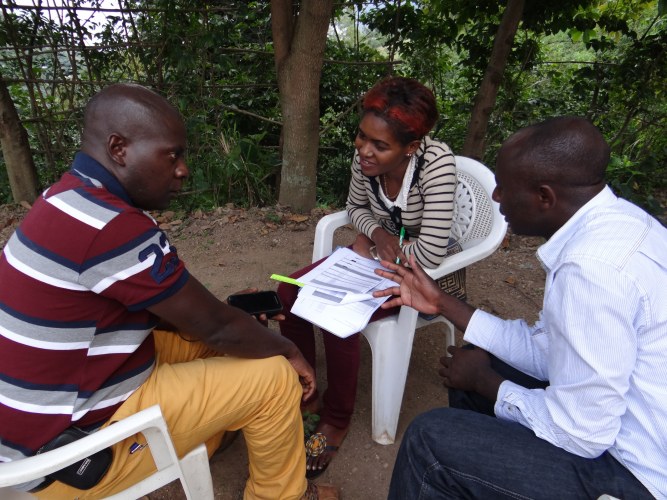Farmer organisations can play a key role in the value chain, offering smallholders a stronger voice and better bargaining positions. To support these organisations in becoming reliable business partners in the value chain and effective representatives of their members, Rikolto assesses their capacities at the start of each new intervention from five different perspectives:
- business management skills (budget, accounting, balance sheets, business plan, etc.)
- group management skills (registration of members, governance structures, participation of women and youth, etc.)
- marketing skills (prospection skills, production cost accounting, market analysis and seizing new opportunities, post-harvest management, etc.)
- external relations (capacity to engage with sectorial bodies and with authorities)
- sustainability (natural resource management skills and mechanisms)
This scan forms the basis of a joint work plan, which addresses the most critical aspects for sustainable value chain development in that specific context. Progress is measured yearly and reflected in annual action plans with these partners.

